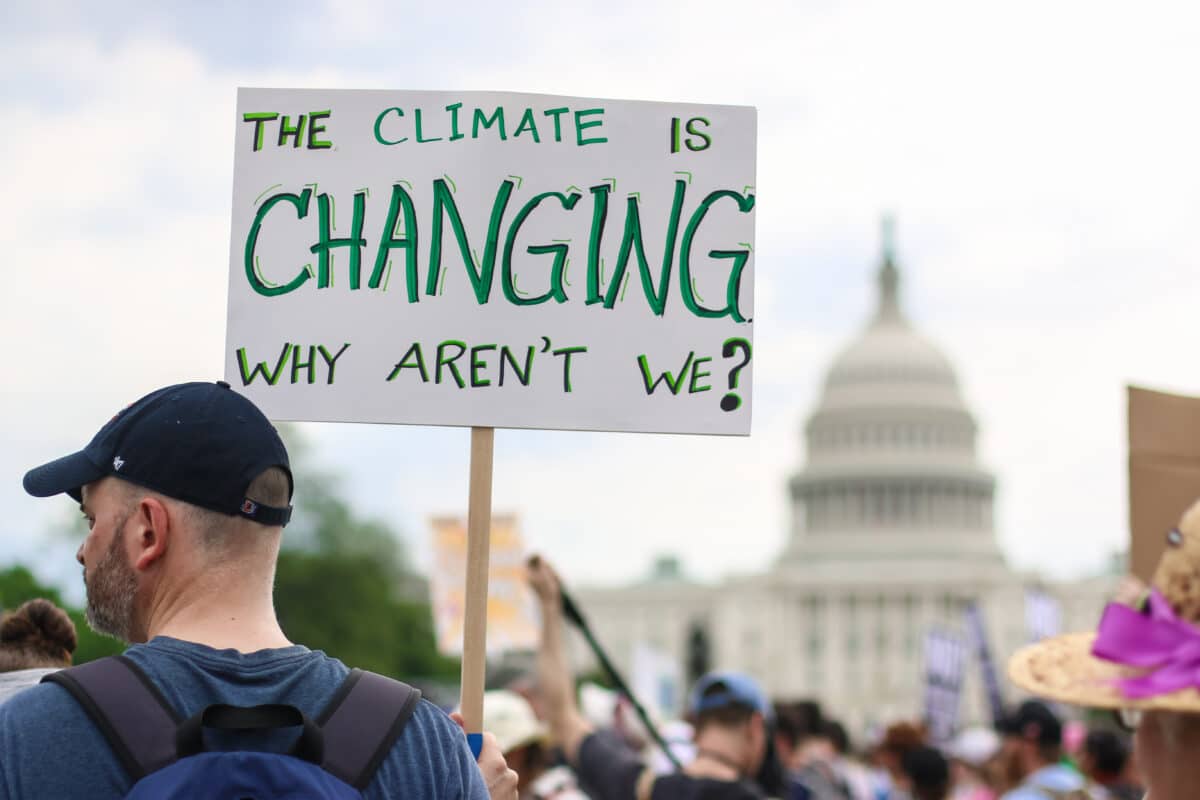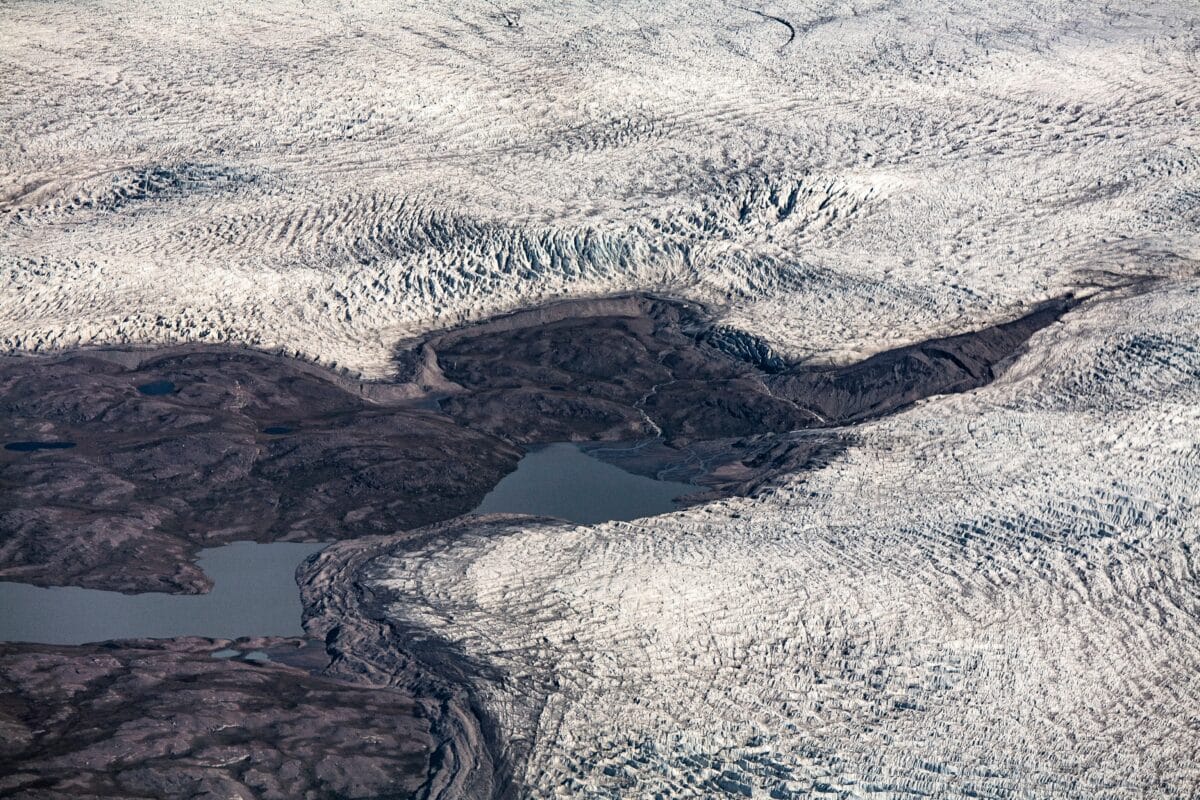
Urgent action is needed to set us on a path to a sustainable future. (Nicole Glass Photography/Shutterstock)
In a nutshell
- Current climate policies are dangerously insufficient. If we continue on our present path (about 2.7–2.8°C of warming), there’s a 62% chance of triggering one or more irreversible climate tipping points, such as the collapse of ice sheets or the dieback of the Amazon.
- The study finds that nine out of 16 climate systems each have more than a 50% chance of crossing critical thresholds under current policy projections.
- Human emissions remain the main driver. While natural carbon feedbacks from permafrost thaw and Amazon dieback could slightly amplify warming, human-caused emissions are still the dominant force pushing us toward climate instability, and decisive action now could still avert disaster.
EXETER, England — World leaders may believe that current climate policies put us on a safer path, but a shocking new international study reveals that our planet stands on the brink of multiple climate disasters.
Current global policies tracking toward 2.7°C of warming would trigger nearly two-thirds of Earth’s climate tipping points, according to research published in Earth System Dynamics. These climate tipping points, critical thresholds where small changes lead to large, often irreversible climate consequences, are much closer than previously thought.
“Climate tipping points could have devastating consequences for humanity,” says study author Tim Lenton from Exeter’s Global Systems Institute, in a statement. “It is clear that we are currently on a dangerous trajectory – with tipping points likely to be triggered unless we change course rapidly.”
The research team found that under our current policy trajectory, their most conservative estimate shows a 62% probability of triggering climate tipping points when averaged across all studied elements. Even more concerning, nine specific tipping points have more than a 50% chance of being triggered. In simpler terms, flip a coin and you’ll get better odds than what we’re facing with climate stability.

Through sophisticated climate modeling, researchers examined 16 potential climate tipping points, from the collapse of the Greenland ice sheet to the dieback of the Amazon rainforest. They mapped the probability of triggering these tipping points under five different climate scenarios, ranging from ambitious climate action to business-as-usual.
The policy pathway we’re currently on, known as SSP2-4.5, with projected warming of about 2.8°C by 2100, leaves us playing a dangerous game of climate roulette. Among the tipping points likely to be triggered under this pathway are the collapse of mountain glaciers, Arctic winter sea ice, Barents Sea ice, Greenland ice sheet, and coral reefs.
Shifting from our current trajectory to a more ambitious scenario (SSP1-2.6) would substantially reduce the risk of triggering multiple tipping points. However, even under more ambitious scenarios that limit warming to levels closer to the Paris Agreement goals, several of these scenarios remain at risk.
For the Greenland ice sheet collapse, Barents Sea ice abrupt loss, mountain glacier loss, low-latitude coral reef die-off, and abrupt permafrost thaw, the probability of crossing critical thresholds exceeds 90% under our current policy trajectory. This means some major Earth systems are already in serious jeopardy.
The warming trajectory expected from current policies aligns most closely with the SSP2-4.5 scenario, which the researchers explicitly identified as unsafe regarding climate tipping point risks.
By running thousands of simulations, scientists accounted for uncertainties in climate sensitivity to greenhouse gas emissions, the threshold temperatures and timescales of climate tipping points, and the response of tipping points within Earth’s carbon cycle to global warming.

If a tipping point is crossed, the affected part of Earth’s system would undergo sudden and largely irreversible shifts that would negatively impact human well-being. For example, the collapse of the Greenland ice sheet would eventually raise sea levels by several meters, while Amazon dieback would release additional carbon and destroy one of the planet’s most biodiverse ecosystems.
Dangerous scenarios like the thawing of permafrost and the loss of the Amazon rainforest can add extra heat to the planet, but their impact is small compared to the pollution we’re putting into the atmosphere. In fact, the extra warming from these natural sources is about ten times less than the heat caused by human activities. This means our own emissions are still the biggest force shaping Earth’s climate future.
Even though the extra warming from things like thawing permafrost and rainforest loss is relatively small, the total warming we’re headed for is still high enough to push Earth past several major climate tipping points in the coming decades. If that happens, it could lead to serious, long-lasting damage to both human societies and the natural world.
“The good news from our study is that the power to prevent climate tipping points is still in our hands,” says lead author Jakob Deutloff from the University of Exeter. “By moving towards a more sustainable future with lower emissions, the risk of triggering these tipping points is significantly reduced.”
While the study offers hope, the current global policy trajectory leaves us headed for disaster.
“We need urgent global action – including the triggering of ‘positive tipping points’ in our societies and economies – to reach a safe and sustainable future,” adds Lenton.
Without rapid and significant reductions in greenhouse gas emissions beyond what we are currently doing, we will likely cross multiple critical thresholds, committing Earth to irreversible changes.
Paper Summary
Methodology
The researchers used a Finite amplitude Impulse Response (FaIR) model coupled with a conceptual Carbon Tipping Elements Model (CTEM) to investigate probabilities of triggering 16 climate tipping points under five Shared Socioeconomic Pathways (SSPs). They created coupled and uncoupled 5,000-member model ensembles for different emission scenarios, using a Monte Carlo approach to account for uncertainties in climate sensitivity, threshold temperatures, and carbon cycle responses. The model simulations extended to the year 2500 to capture long-term effects. The CTEM specifically modeled carbon emissions from Amazon rainforest dieback and permafrost thaw (both abrupt thaw and collapse), which are the two major carbon-cycle tipping elements. For each scenario and tipping element, they calculated three probability estimates: equilibrium triggering, instantaneous triggering, and instantaneous triggering including additional warming from carbon tipping elements.
Results
The study found that under current policy trajectory (SSP2-4.5, approximately 2.8°C warming by 2100), there’s a 62% probability of triggering climate tipping points on average across all 16 elements, with nine having more than 50% probability of being triggered. Higher-emission scenarios (SSP3-7.0 and SSP5-8.5) showed triggering probabilities of around 95% for most tipping elements. While carbon emissions from triggered tipping elements (Amazon dieback and permafrost thaw) increased warming, this effect remained relatively small compared to direct anthropogenic warming, with the median temperature increase from carbon tipping points staying at least one order of magnitude smaller than median anthropogenic warming. The maximum probability increase from carbon tipping points occurred under SSP2-4.5, with only a 3 percentage point increase averaged over all tipping points.
Limitations
The study acknowledges several limitations, including uncertainties about the existence of tipping points in carbon systems, with low confidence for permafrost collapse and medium confidence for abrupt permafrost thaw and Amazon dieback. The distinction between different types of permafrost thaw remains contested in scientific literature. The modeling approach used assumptions about instantaneous triggering that may overestimate probabilities in scenarios with temperature overshoot. Additionally, the climate sensitivity parameters in the FaIRv2.0.0 model are not well constrained toward upper limits, potentially overestimating warming. The study also focused solely on climate-driven tipping points and didn’t consider other drivers like deforestation for Amazon dieback.
Funding and Disclosures
The research was supported by the Bezos Earth Fund during the main research phase, and during the writing phase by the Deutsche Forschungsgemeinschaft (DFG, German Research Foundation) under Germany’s Excellence Strategy – EXC 2037 “CLICCS – Climate, Climatic Change, and Society” – project number: 390683824, contributing to the Center for Earth System Research and Sustainability (CEN) of University of Hamburg.
Publication Information
The paper “High probability of triggering climate tipping points under current policies modestly amplified by Amazon dieback and permafrost thaw” was authored by Jakob Deutloff, Hermann Held, and Timothy M. Lenton. It was published in Earth System Dynamics, (Volume 16, pages 565-583) on April 23, 2025. The paper is distributed under the Creative Commons Attribution 4.0 License.







